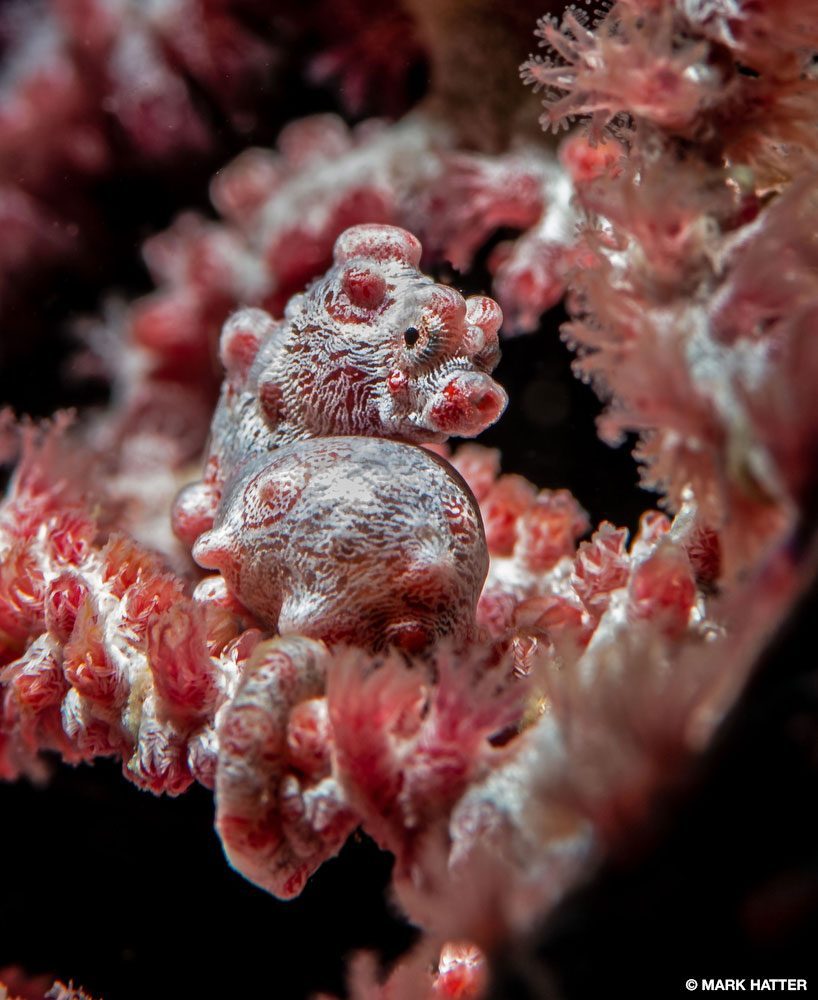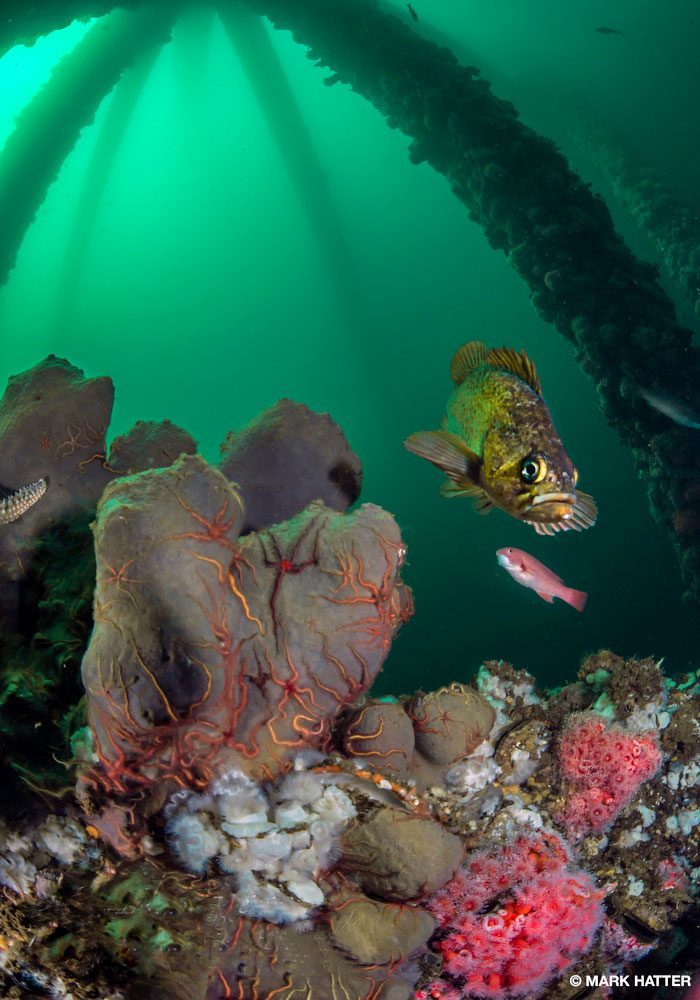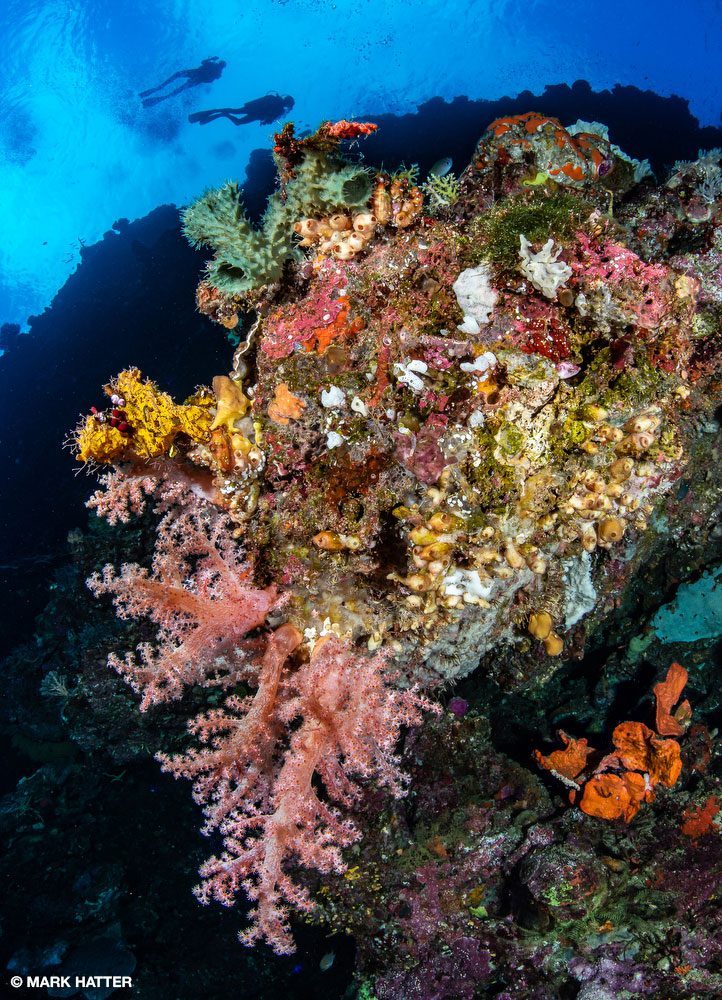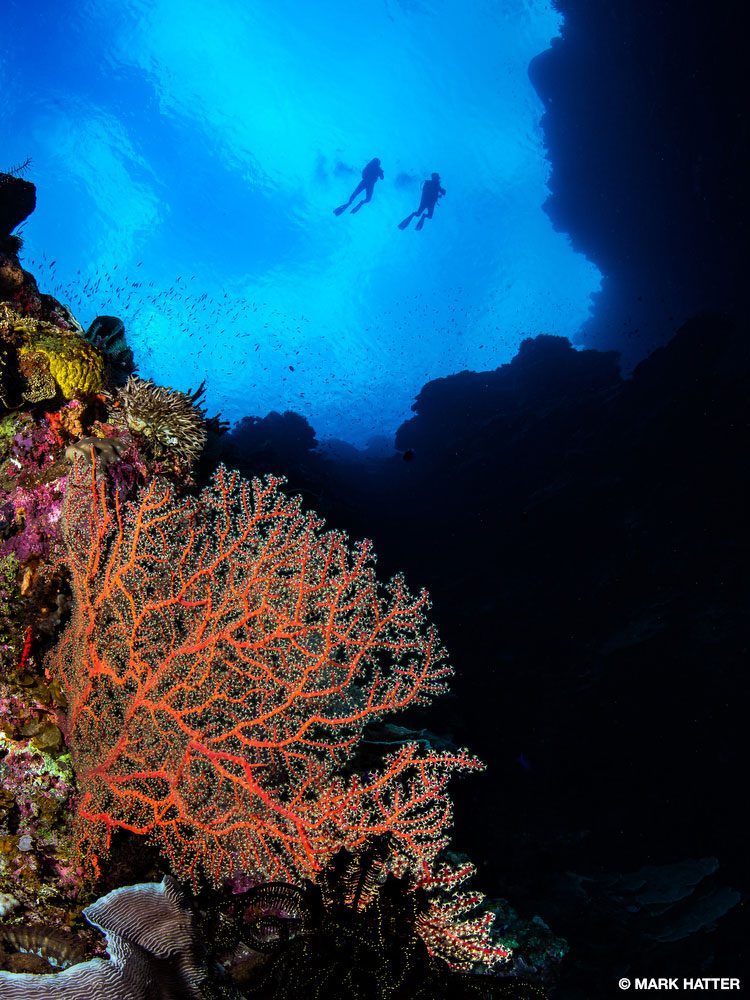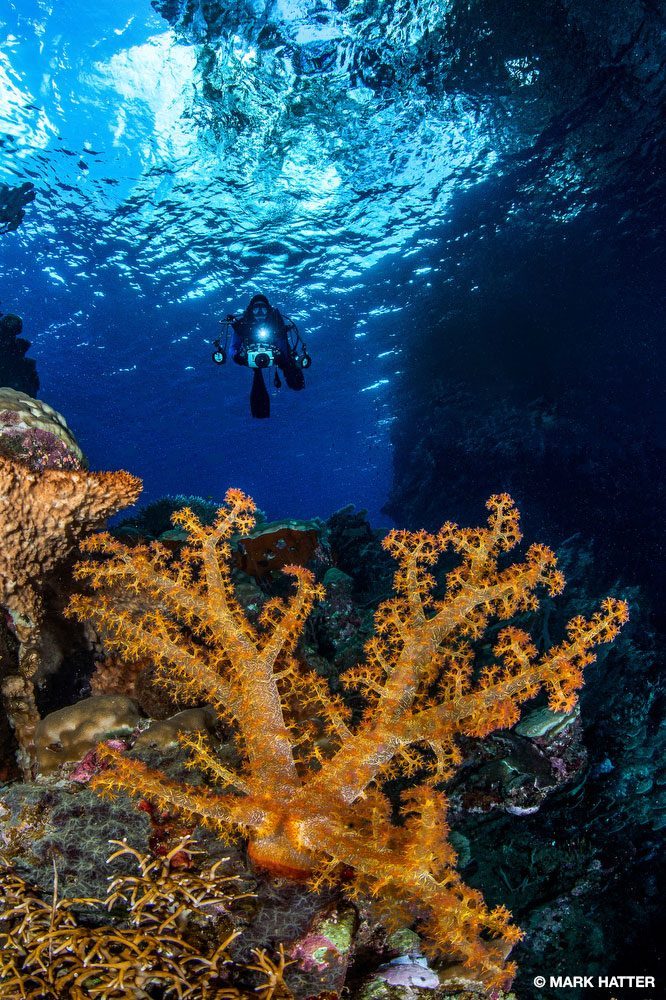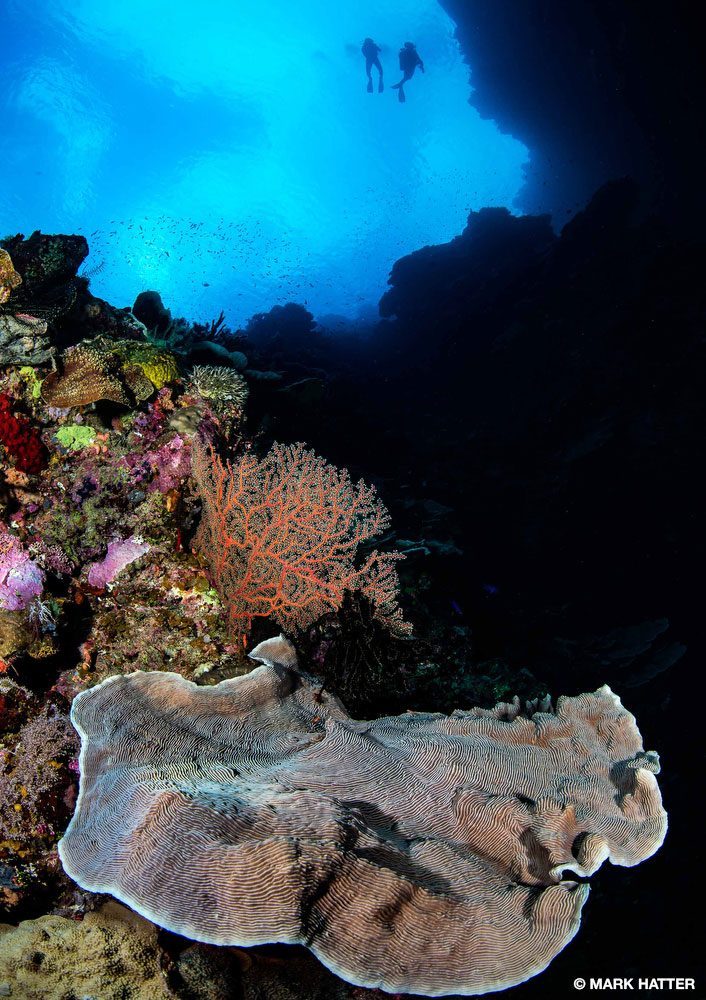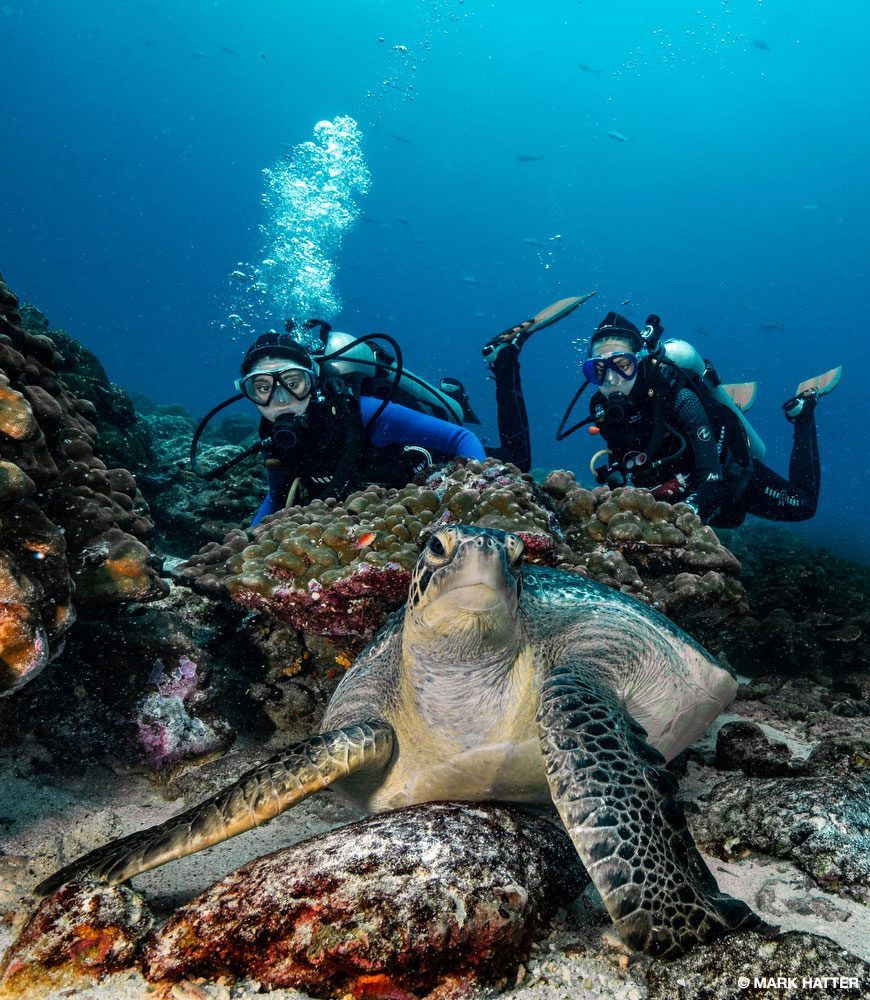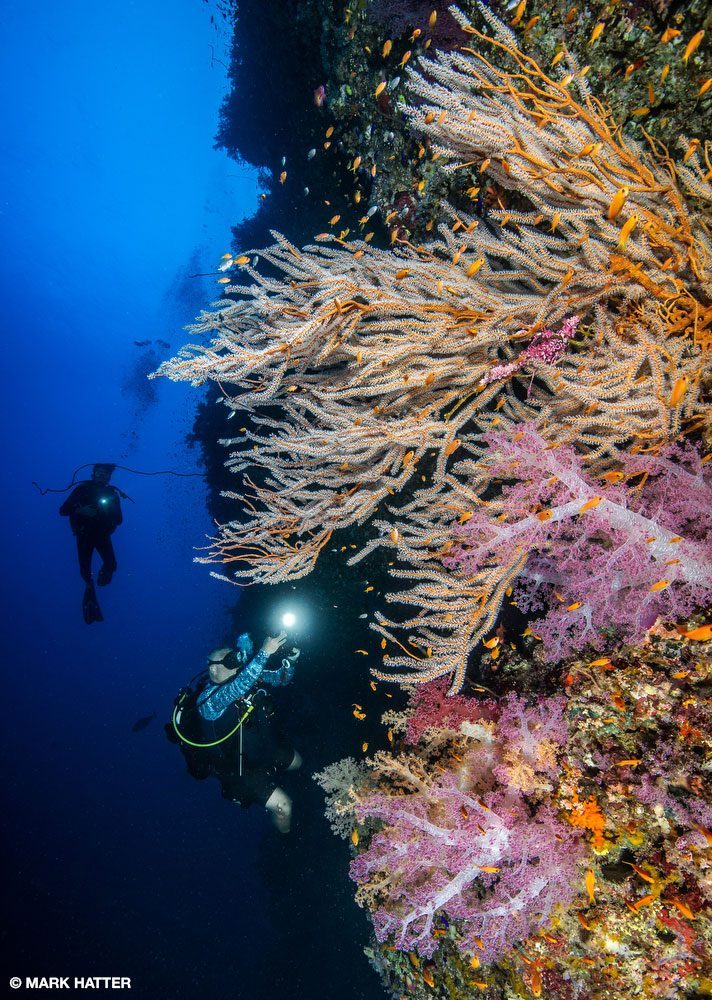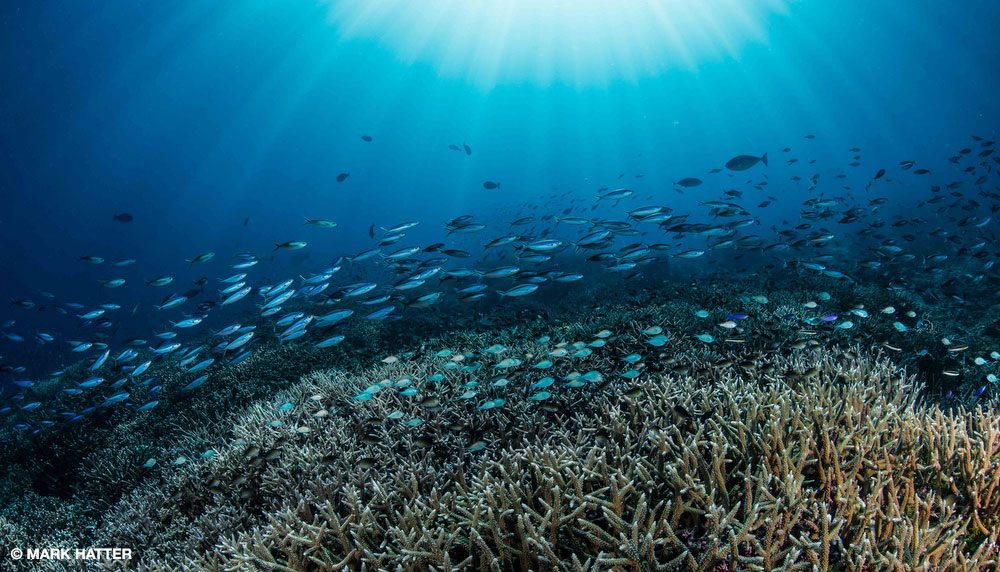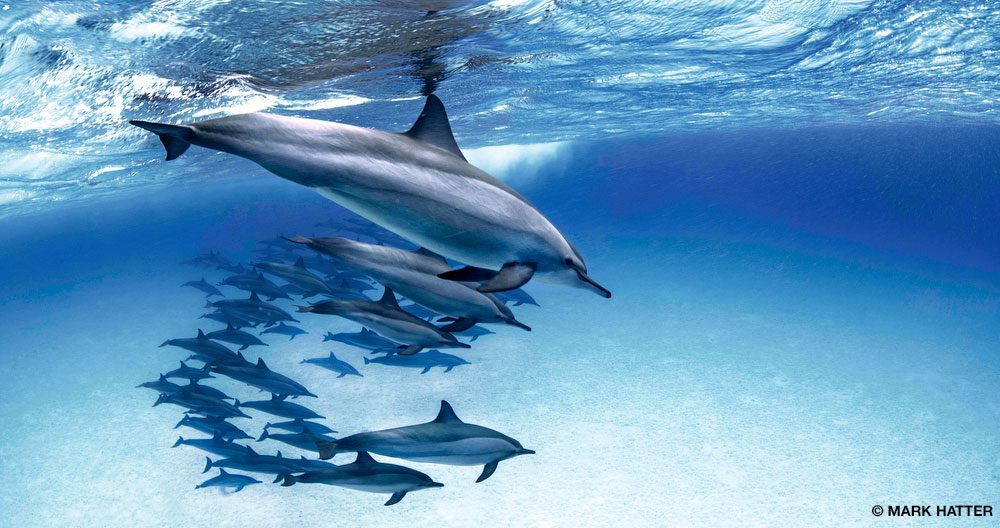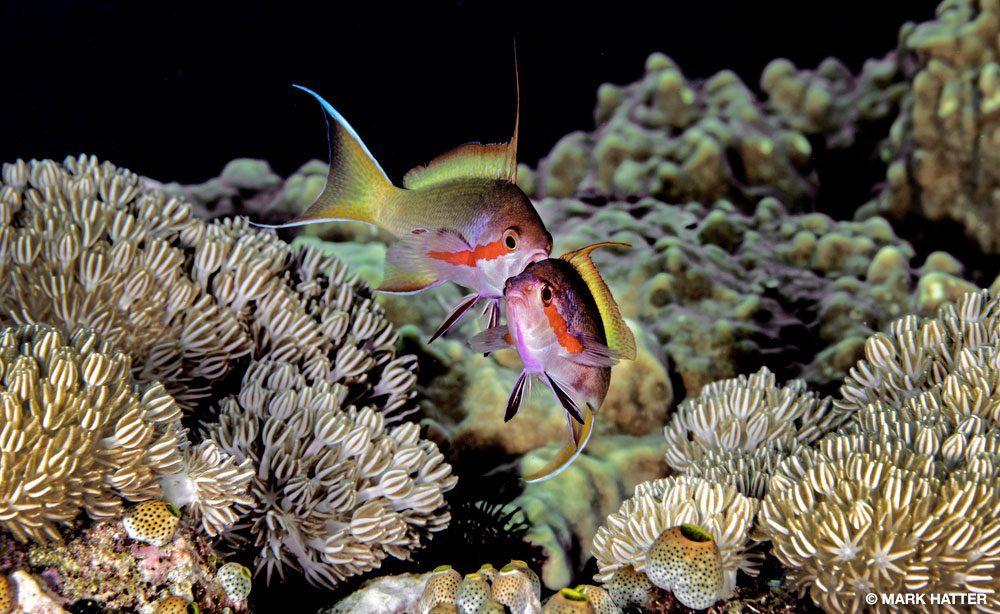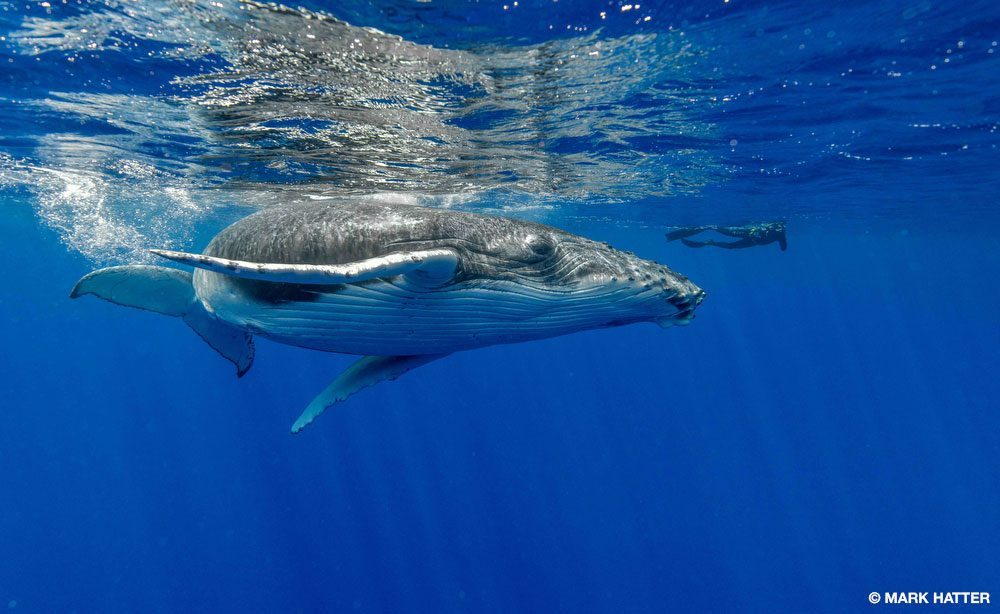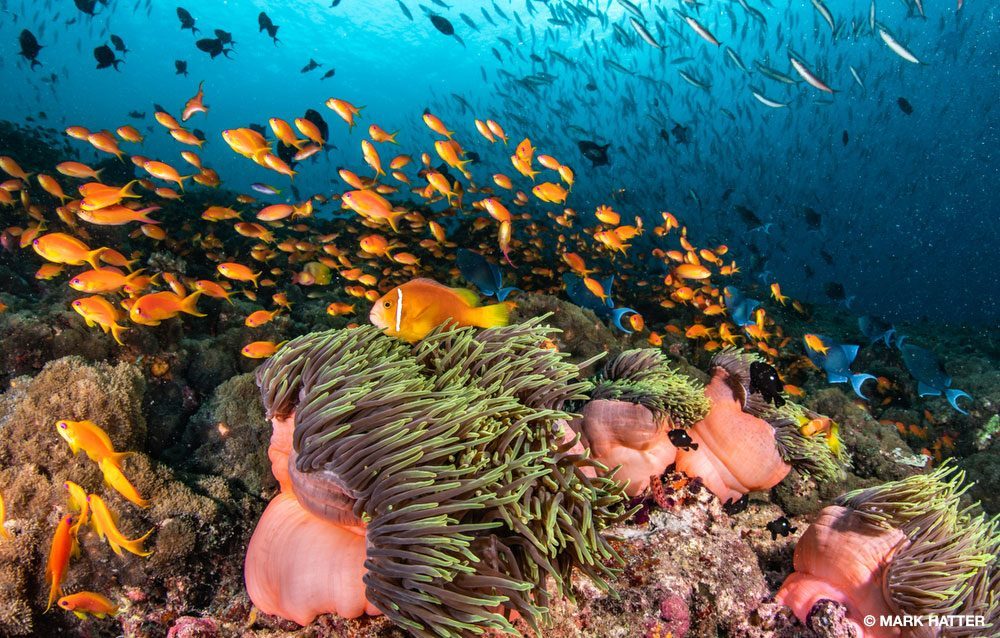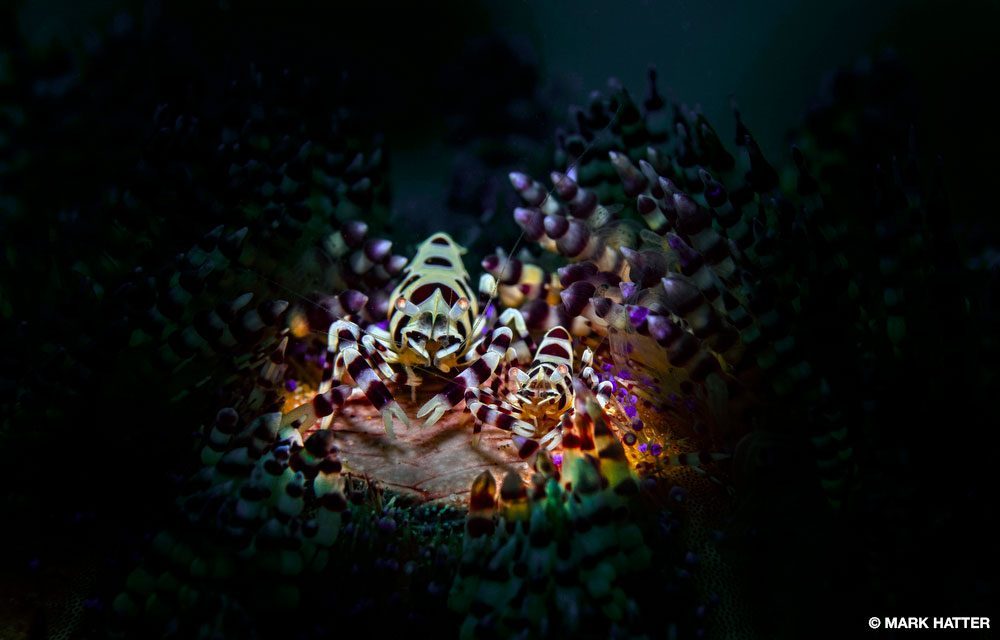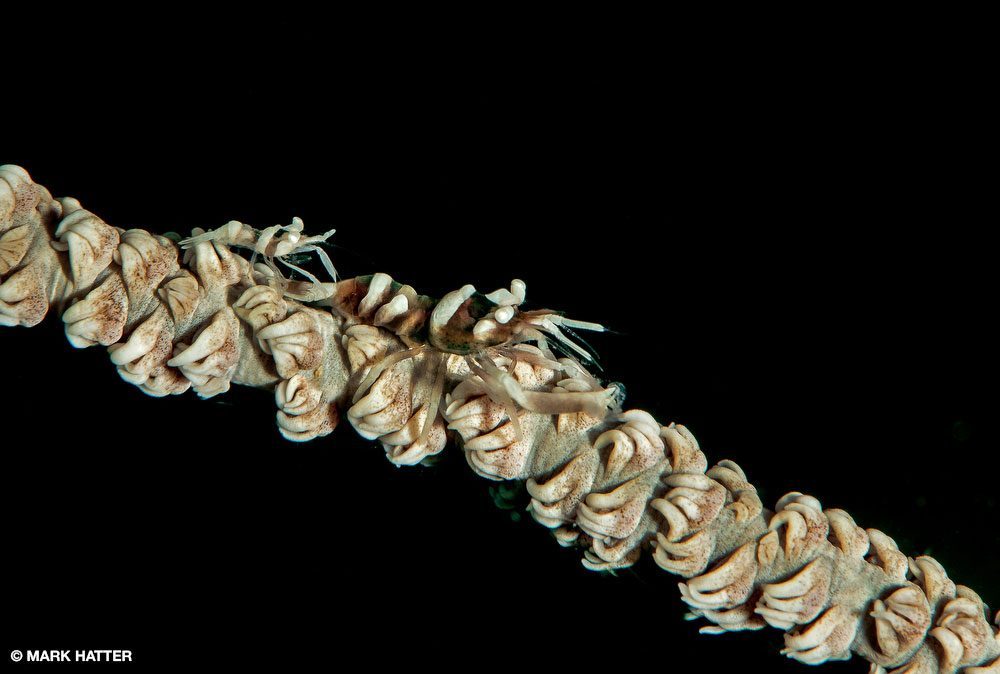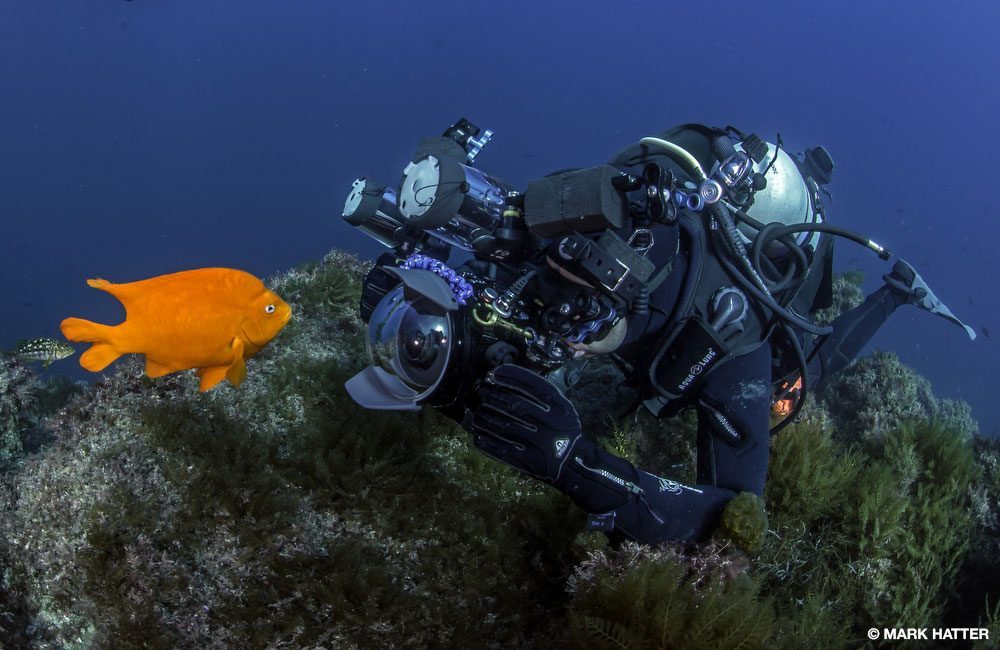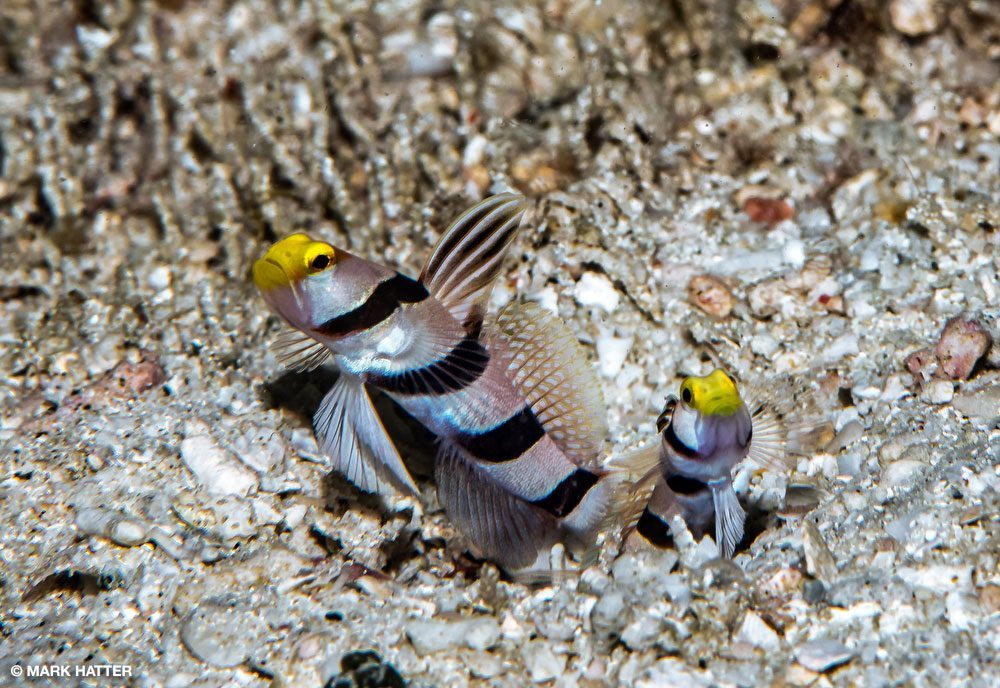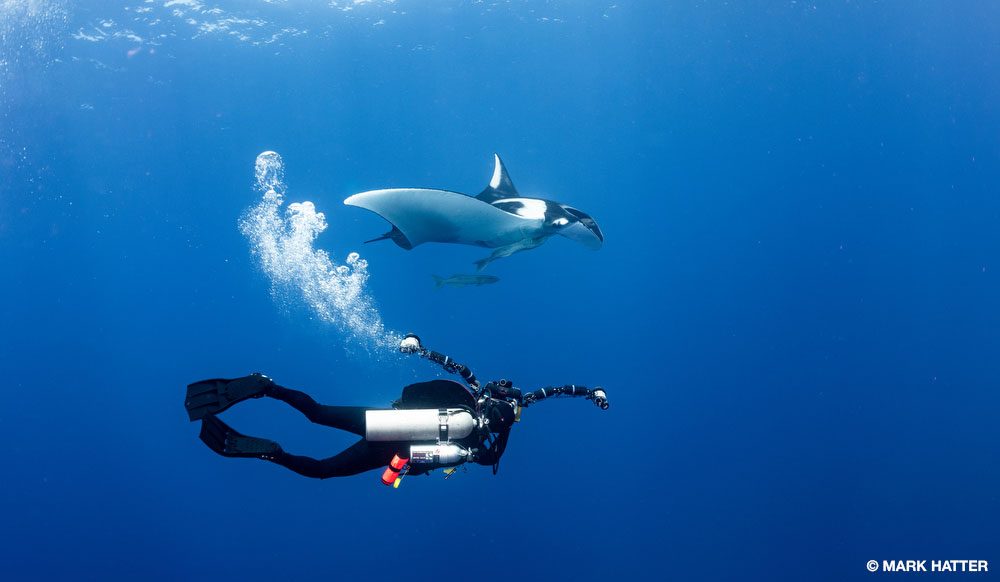Telling the story in 10 photos or less
Having their work showcased in a print magazine is one of the greatest satisfactions for underwater photographers. It is even more gratifying when the words they’ve written accompany and support their images. But with so many accomplished photographers producing such good work, what are the chances of getting your work published?
It’s not as difficult as it might seem, provided you have the commitment and perseverance to follow a few simple recommendations. I’ve been a photojournalist since before the advent of digital cameras and have learned some basic tenets for regularly getting published, even in this crowded field of talented shooters.
First and most important, if your work has never been published or has been only modestly published, don’t send unsolicited images to an editor or publisher without a detailed and thoughtful written explanation of the photos. If you want to write a destination feature with the images submitted, for example, include an outline at minimum as part of your submission query.
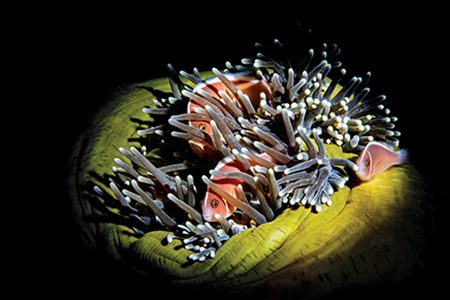
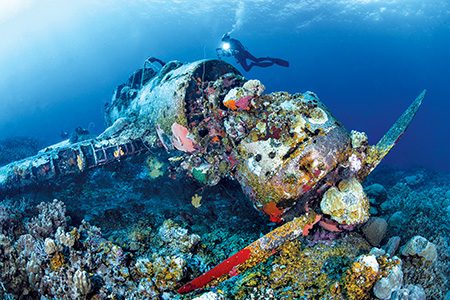
Publishers and editors receive plenty of unsolicited content, much of it from excellent shooters. Without content explaining and defining your submission, the editor has to imagine where it might fit in their magazine, if at all. That lack of explanation shifts the burden to them when it is your job to suggest where your work might fit in their publication. I have found that the shelf life of an images-only submission, even if the photos are outstanding, is as short as the freshness of a carton of milk left out on the table.
Even if your images grab an editor’s attention and you receive a polite email thanking you for your submission, considering it for publication will likely stop there. Don’t bank on it, even if they say your images will be filed for possible future consideration. Too many quality images are crossing editors’ desks for them to come back to yours at some point.
Rule No. 1: If you don’t get more than a polite “thank you” from your submission, chances are high that the images won’t be published.
Even decades into my career, if I’m targeting a new publication with which I do not already have a relationship, I’ll go one step beyond the submission query and submit fully completed work for consideration. If your images and writing are good, a complete package is your best opportunity to get genuine interest in your work.
Rule No. 2: Submit to match the publication’s format and style, which you can find in their table of contents. Do they have departments? Do they publish main features? What are the themes of the stories in the publication? If the publication heavily focuses on wreck diving, for example, you should submit work fitting this niche; submitting words and images on wildlife behavior to a wreck diving publication will likely get a pass.
It is also important to understand the similar topics the magazine has recently published. If I were pitching a destination article on Grand Cayman to Alert Diver, for example, a simple online search would reveal that an article on that location appeared in the Winter 2019 issue. Five years ago is probably long enough for you to make a viable query. A similar search for Alert Diver and Palau, however, would reveal a story that ran in the Third Quarter 2023 issue, which is too recent for the editors to consider revisiting the destination. It is a courtesy to the editors and a time saver for you to understand the recency effect of the proposed editorial.
Rule No. 3: Rejection should not equate to dejection. Perseverance is the key to successfully getting published, but remember that your work must meet the editors’ and publishers’ quality threshold. Even if your work exceeds that threshold, it may not meet the publication’s immediate needs for various reasons — perhaps they’ve already covered the content, they have it planned with someone else, your scope is not broad enough, or your work does not fit their demographic.
My work has been rejected more times than I care to think about. But when I set my mind to getting into a particular publication, I succeeded by eventually submitting work to fill a specific niche. Feedback from the editor is often helpful in narrowing your focus for your next submission effort. You initially may get something published in one of the magazine’s minor departments, which isn’t the desired full travel feature you were hoping for, but it is a good start in building a résumé and your relationship with that publication. Getting published will also give you an advantage for future submissions.
Quality is the operative word for submissions of both images and words.
First impressions are lasting, and I submit the best photos that clearly and directly support the accompanying words. I often write my words directly to most of the images in the submission, making it an easy pick for an editor. Embedding location and caption information in the metadata of a digital file is a courtesy an editorial team deeply appreciates and is expected for a professional.
Sometimes it is good to be part of a team. My wife and mother-in-law are often my copy editors for grammar, syntax, spelling, and story flow. I try to tell a good, coherent story and minimize what the editor has to do to my written submission.
My wife is also my second opinion on image selection. She often selects a critical image I would not have included in the submission but that ultimately makes it to final publication. It is important to have a competent second (or even third) set of eyes review your words and images for accuracy, relevance, and quality before submitting.
Regardless of how you develop your submission, it always starts with a theme. I recently received an assignment to shoot images supporting a writer’s destination feature about a Caribbean liveaboard adventure. Although I had a good idea of what the magazine wanted, I asked the editor for specific image goals before I left for the shoot.
The story was about the liveaboard diving lifestyle set against the writer’s specific itinerary, so the image submissions needed to encompass most, if not all, of the sites the liveaboard visited. To feature destination diving as a lifestyle, I wanted to make guests on the liveaboard prominent in my portfolio. With that in mind, I worked to incorporate guests as both primary and secondary subjects in various wide-angle images to give the editor options.
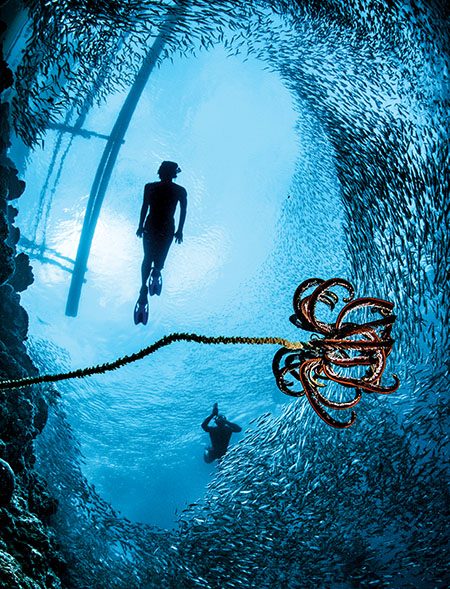

Obviously, I asked their permission before taking their photograph; for people who were featured prominently, I also asked for a model release. Free model release forms are available by searching the internet, but if you wish to place your images with a stock photography agency, you may want to print and carry your agent’s specific form. Advertising and commercial photography have more rigorous requirements for legal releases than typical editorial usage.
Wide-angle photos are excellent for demonstrating scale relative to a coral reef, for example, but generally cannot stand alone in a submission. Marine animal shots, reef scenes, macro critters, and close-up diver portraits are important supporting actors to the centerpiece wide-angle images. If night diving is part of the itinerary, include some images of nocturnal critters.
Don’t underestimate the importance of topside photos, even for a dive publication. Only a small percentage of dive holidays take place underwater, and terrestrial attractions are a big part of destination research for readers. If the destination does not restrict drones, I always pack mine in anticipation of topside opportunities. Some countries only allow drones by permit, so I always check in advance to avoid the hassle of traveling with gear I’m not allowed to use.
Some destinations, such as Papua New Guinea (PNG), need illustrations of the local culture. I’ve done some articles about PNG and included topside images of the Indigenous people paddling handcrafted dugout canoes. One such image always makes the publication’s edit.
When it’s time to write, I select images to fit my outline. I like to include a few facts on history and geography while staying mindful of word count and general interest. The facts need to complement the main story, not detract from it. Naturally, the images must support the words and the main theme. If you are writing about animal behavior at a cleaning station, for example, make sure you have good images of cleaners actively engaged in cleaning.


If the story is about muck diving in Anilao or Lembeh Strait, Indonesia, wide-angle images of reef scenes in the Red Sea would not support the submission. This may seem obvious, but we’ve seen Indo-Pacific fish used to illustrate a Caribbean dive destination. The editors should know better, but the responsibility also lies with the photographer who submitted an image that could not possibly have been photographed at the destination.
A great way to educate yourself on how to write and shoot for a submission is to look at publications that interest you and study how they write and present their articles. These examples can provide a good framework for you to build on with your work. While others’ style obviously works to get them published, you should work to develop your personal style.
As you build a résumé of published work, you’ll likely find it easier to get more marks in the win column. If you develop relationships with publication decision-makers, you can begin to float ideas for consideration versus submitting completed, unsolicited work. This level of relationship opens an entirely new realm of possibilities.

En savoir plus
See more of Photo Techniques in this photo gallery.
© Alert Diver — Q2 2024
